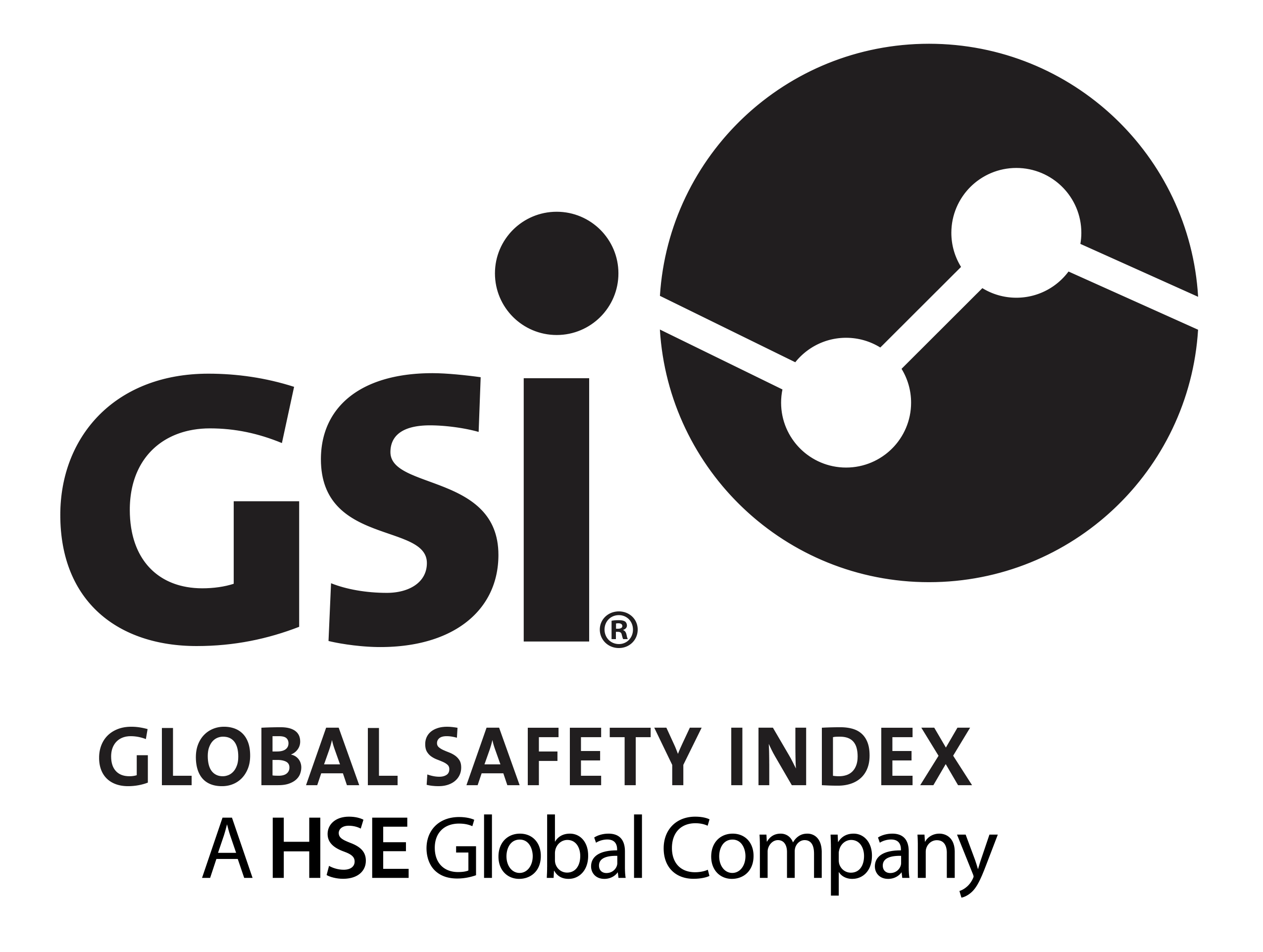Here’s what we know or can reasonably infer about safety culture (perception) surveys:
- Surveys are not reliable predictors of safety outcomes
- Surveys should not be used in isolation
- Individual perceptions can be influenced by many variables, including:
– work history
– cognitive ability
– literacy
– motivation
– able/willing to think critically
– general engagement
– job satisfaction
– mood
– demographic – age, gender, time in business - Interval scales cannot be said to be equal in difference, e.g. same gap between agree and totally agree, as there is between disagree and totally disagree
- Responses dependent on the responders ‘honesty’ which can be influenced by a number of factors such as anonymity, existing cynicism, individual agenda, internal politics, priming
- Memory of the responder is important but can be unreliable
- Cannot claim causality with safety outcomes as too many known and unknown variables also influencing outcomes
- Can be correlational but also must accept that the relationship between behaviours, perceptions, and injuries are multi-directional, i.e. they can all influence each other in any direction
- Is not predictive of major events/accidents

